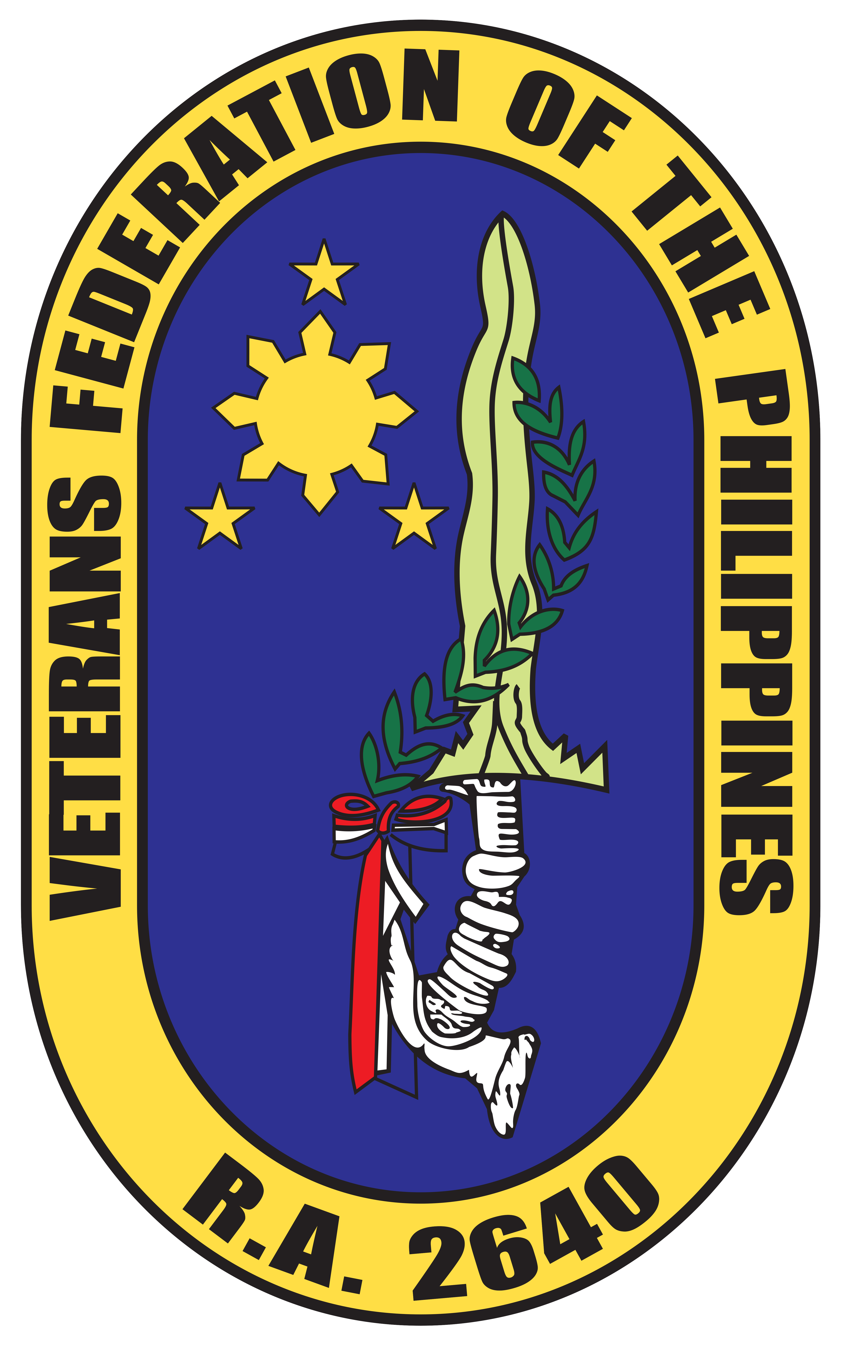

The Beginning:
On December 9, 1957, 22 veteran leaders, from veterans’ organizations all over the nation, gathered and assembled at Camp Murphy in Quezon City to discuss a possible unification by signing a document called the Declaration of Principles. These veteran leaders have all then agreed to create one association to be known as the Veterans Federation of the Philippines. Their purpose was dedicated to “the defense, protection, and promotion of the general welfare of all veterans, their widows, orphans, and their indigent parents, and to the preservation of the sacred memory of the war dead and the ideals for which they fought and died.”
The Meeting:
When the meeting concluded, the Veterans Federation of the Philippines (VFP) was born that evening. By nature, the Federation was a private institution. Its funds came from the pockets and personal resources of the 22 veteran leaders who signed the Declaration of Principles. Said document is intact and is under the care of the VFP. Indicated in the Declaration of Principles was the General Assembly. As the months went by, and as stated in the minutes of the meetings, the funds to sustain the Federation have slowly dwindled.
The Decision:
On March 15, 1958, the 22 veteran leaders then sought the help of the government to possibly ask for financial assistance because such funds would eventually be channeled to veterans’ welfare, The 22 veteran leaders met then-President Carlos P. Garcia. Then-President Garcia, a dedicated lawmaker who was impressed with the meeting, suggested that in order for the government to be able to help these unified veterans under the name of VFP, they must become a public corporation.
Henceforth, the veterans requested the assistance of Congressman Ramon Bagatsing to sponsor a bill in congress. It was forwarded to then-President Garcia for final approval. Together with other veteran leaders, they crafted the Philippine Veterans Act. Later on, this Act was approved by both the Congress and Senate, and was signed into law on June 18, 1960 by President Carlos P. Garcia. It is now known as Republic Act 2640 also known as “AN ACT TO CREATE A PUBLIC CORPORATION TO BE KNOWN AS THE VETERANS FEDERATION OF THE PHILIPPINES, DEFINING ITS POWERS, AND FOR OTHER PURPOSES.” From its official birth, The VFP’s Constitution and By-Laws had been revised 4 times and amended 6 times. From 1965 to 2006, the same Constitution and By-Laws crafted by the 22 veteran leaders and approved by former Secretary of National Defense Macario Peralta Jr. has already undergone 29 amendments and approved by the Supreme Council.
Individual Financial Stability:
For years that have passed, the VFP has waited for the government assistance that would sustain its operation. Such a time came when former President Ferdinand E. Marcos signed into law Proclamation 192 also known as “RESERVING FOR THE VETERANS CENTER SITE PURPOSES A CERTAIN PARCEL OF LAND OF THE PRIVATE DOMAIN SITUATED IN THE PROVINCE OF RIZAL, ISLAND OF LUZON.” This parcel of land is now named the VFP-Industrial Area in Taguig City.
In 2007-2009, then-President Gloria Macapagal-Arroyo’s Secretary of National Defense was Gilberto C. Teodoro. For his Circular 10 in the archives of the Department of National Defense, for the contents of the RA 2640, Sec.1, in the part of “under the control and supervision of the Secretary of National Defense, under the name, style and title of ‘Veterans Federation of the Philippines’…”he removed the word “control” and he stressed out the word “supervision.” This led to the delegation of the PVAO Administrator as the entity that guides the VFP in all its actions.
Function:
Over the course of various presidents that have held the chief position of the VFP, the organization has functioned as a Private Corporation in its management, administrative affairs, financial and accounting departments from 1960 to 2011. In 2009, the Philippine government designated a resident Commission on Audit office and personnel to the Federation. At that time, the VFP deactivated the Internal Auditor’s Office.
From 2011 onward, the VFP, however, has been doing the following purposes: has been functioning as a public corporation; compliant with the Governance Commission for GOCCs (GCG), and compliant with the Organizational Structure and Staffing Pattern (OSSG) in the works with the PVAO’s Technical Working Group’s Change Management Committee.
To uphold the interests and render utmost care to all veterans, their spouses and orphans through its member- organizations; unify all Filipino veterans under the umbrella of the Federation; perpetuate their heroic deeds, foster patriotism and love of country among our people; defend our democratic way of life, help preserve peace and order, and inculcate civic consciousness among all members.
The VFP is a unified community of Filipino veterans adhering to the principles of good governance, ensuring the social and economic well-being of all veterans of member-organizations, and is a strong partner in nation building.
N/A
| POSITION | NAME |
|---|---|
| No results found | |